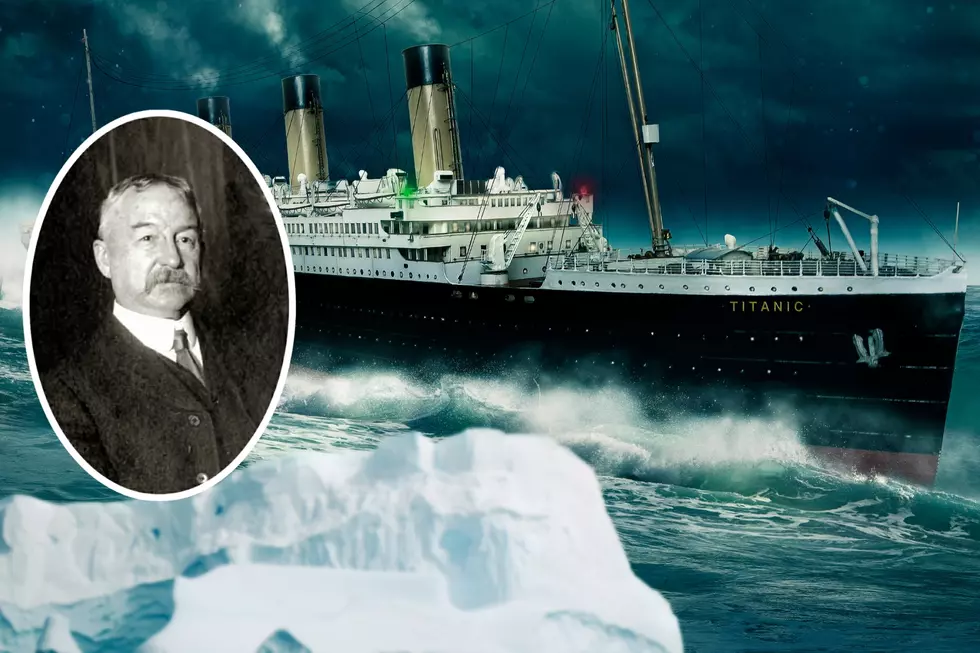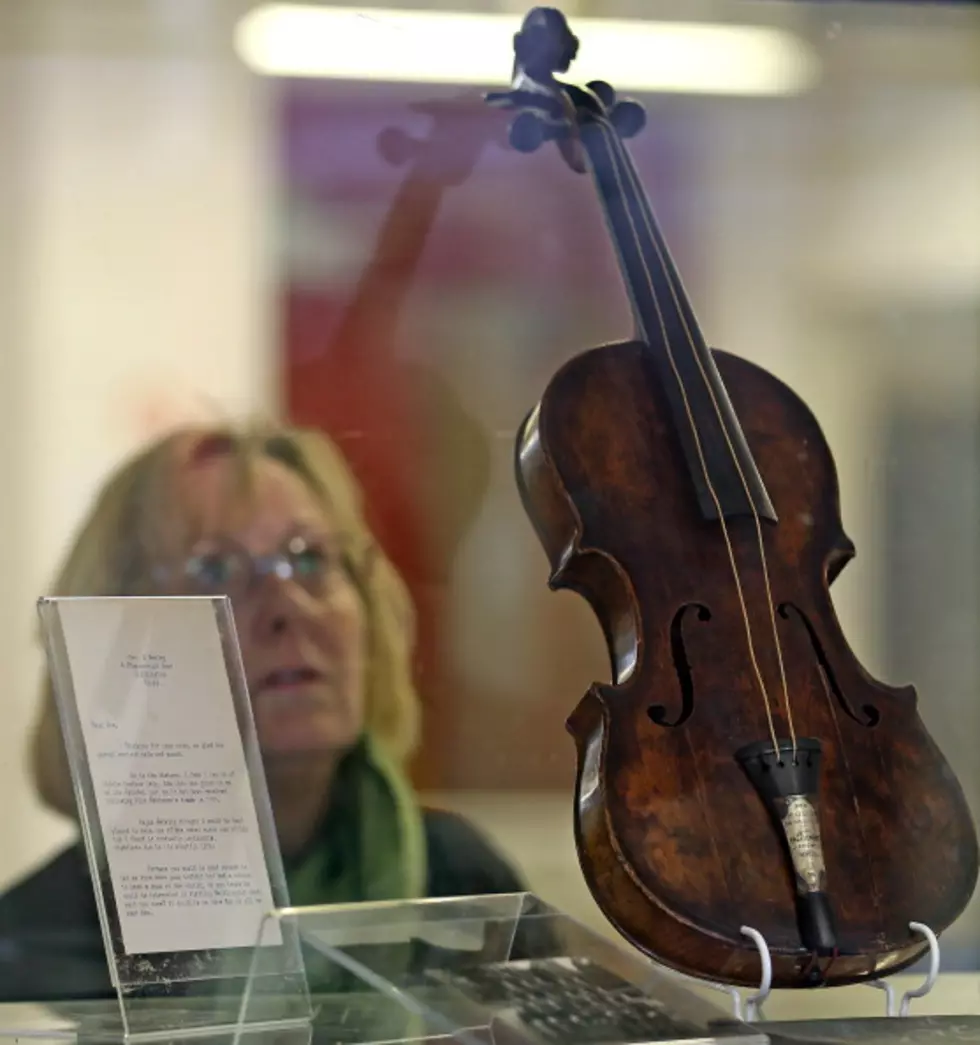
Massachusetts-Based Research Submersible Explored The Titanic
ALVIN is more than the name of a rambunctious cartoon chipmunk who squealed about wanting a hula-hoop for Christmas. It is also the name of a crewed deep-ocean submersible owned by the United States Navy and operated by Woods Hole Oceanographic Institute in nearby Woods Hole, Massachusetts.
ALVIN, built by General Mills' Electronics Group in Minneapolis, Minnesota, was commissioned on June 5, 1965, and launched from the research vessel RV Atlantis (AGOR-25), another Navy vessel operated by Wood Hole.
ALVIN, which has room for three people, has made more than 5,200 dives and was involved in exploring the Titanic in 1986. The luxury liner Titanic sank after striking an iceberg on her maiden voyage in the North Atlantic Ocean in 1912. ALVIN carried famed Titanic explorer Dr. Robert Ballard to the wreckage of the Titanic.
You may have seen the 1997 James Cameron film Titanic, starring Kate Winslet and Leonardo DiCaprio.
In 1966, ALVIN was used to locate a 1.45-megaton hydrogen bomb lost by the Air Force off the coast of Spain. In 1968, she found an F6F Hellcat aircraft that went down in 1944 during World War II, some 125 miles southeast of Nantucket.
On October 26, 1968, as a Navy vessel lowered the submersible over the side, two steel cables snapped, sending ALVIN plunging to the bottom of the ocean some 100 miles south of Nantucket. It was almost a year later before ALVIN was recovered and hauled back to Woods Hole.
Over the years, ALVIN has been updated and fine-tuned but is still operational out of Woods Hole.
1912 Titanic Maiden & Final Voyage
Exploring the Titanic
Gallery Credit: Ethan Carey
LOOK: 31 breathtaking images from NASA's public library
Gallery Credit: Deborah Brosseau
More From WBSM-AM/AM 1420




![Famous Oceanic Detective Has Local Ally [PHIL-OSOPHY]](http://townsquare.media/site/518/files/2019/08/Ballard.png?w=980&q=75)




